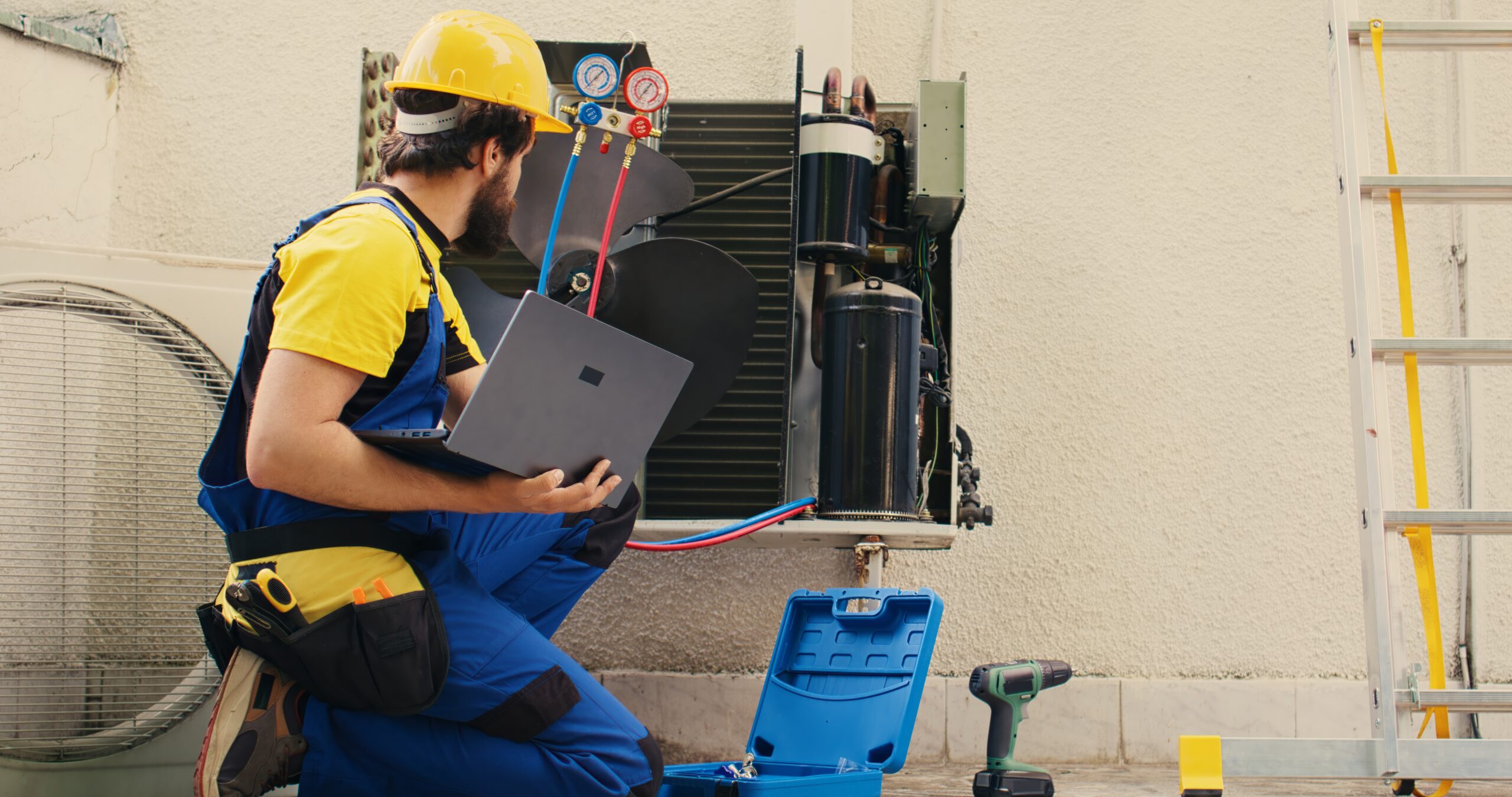Common Maintenance and Troubleshooting Tips for Evaporator Coils
Get ready to embark on a journey into the realm of industrial refrigeration coils—a key component that often ends up being overlooked.
Proper maintenance and quick problem-solving can significantly prolong their lifespan. Brace yourself to construct a deeper comprehension of these integral industrial commodities and learn tailor-made, easy-to-follow troubleshooting steps.
Keep reading, as we guide you through the intricacies of coil maintenance and their importance, and point out red flags indicating a need for a new evaporator coil!
Understanding the Basics of Industrial Refrigeration Coils

As part of an industrial refrigeration system, a key component is the evaporator coil. Not any old component, it works laboriously to induce cooling by absorbing heat from the substances it’s meant to cool. It’s this heat-absorption function that makes it perfect for use in fridges, air conditioners, and heat pumps.
Identifying an evaporator coil for sale might prompt a possible replacement. But before a quick purchase, there’s merit in understanding the operation and functionality. For example, these coils circulate refrigerant which, in its liquid state, absorbs heat and evaporates into gas. This process of evaporation removes heat, causing the desired state of cooling.
Armed with some knowledge of the operations, let’s shift our focus to maintenance. A well-maintained evaporator coil will provide optimal cooling efficiency, ensuring the refrigeration system works smoothly. From routine cleaning to monitoring for any refrigerant leakage, maintaining an evaporator coil demands attentive care.
We are living in an age where there is an evaporator coil for sale everywhere, making replacements easy. However, troubleshooting the existing coil before replacement can save substantial costs. Ensuring it’s not a maintenance issue or a quick fix can be a savvy move in the industrial refrigeration business.
Exploring the Key Aspects of Coil Maintenance
Before stepping into in-depth maintenance, it’s important to recognize the signs of a faulty evaporator coil. Often the first red flags arise in the form of inconsistent cooling or inexplicably high system running times. Misreading these signs can lead to overlooking a failing evaporator coil needing repair or replacement.
The pillar of maintenance lies in cleanliness. Dust, grime, and ice buildup can hinder the efficiency of the evaporator coil, impeding its effectiveness. Regular cleaning of the coil, involving removing these buildup materials, is not only recommended, it’s a necessity.
Monitoring for refrigerant leakage forms another vital aspect of maintenance. A loss of refrigerant implies malfunction; not to mention, emissions contribute negatively to global warming. Therefore, keeping an eye on refrigerant levels is a responsible and eco-friendly measure for those in the industrial refrigeration field.
Lastly, maintaining the coil comes with a bigger responsibility—maintaining the overall system. A well-functioning industrial refrigeration system depends largely on a fully functional evaporator coil. Taking care of this component equates to taking care of the whole system, saving resources, and ensuring maximum productivity.
Step-By-Step Troubleshooting for Common Coil Problems

Start with a visual inspection. A visual check can reveal much about the coil’s health. Look for signs like frost buildup, corrosion, or visible damage—these are indicators pointing toward a need for immediate fixing or replacement.
Run checks for refrigerant leakage. Using a refrigerant leak detector can help identify leaks in the coil. Found a leak? It is crucial to call a professional for repair or replacement as handling refrigerant requires expertise due to its environmental impact.
Move next to sounding queries. This simple troubleshooting method involves noticing unusual noises coming from the refrigeration system. Hissing or bubbling sounds hint towards an evaporator coil in need of repair or replacement.
Finishing off the troubleshooting process involves temperature checks. Inconsistencies in temperature regulation or warm air blowing from the system are indicative of a failing evaporator coil. Such signs mustn’t be delayed and warrant even an immediate evaporator coil for sale search for replacement purposes.
Ultimately, whether it’s avoiding unnecessary energy costs, spotting a problem early, or extending the life and efficiency of a coil, the guide plays an instrumental role in optimal industrial refrigeration management.

